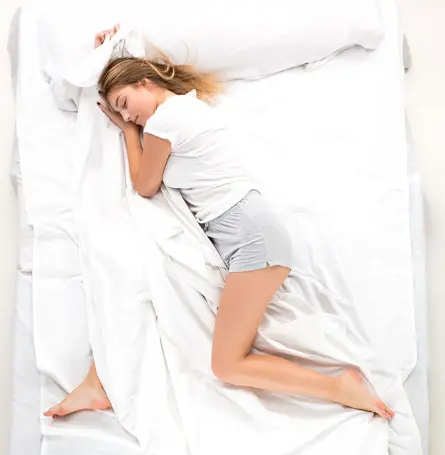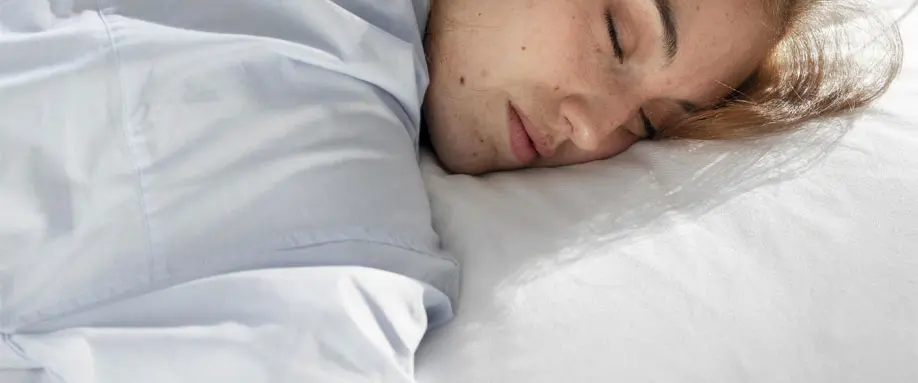The study in a nutshell

Sleep disorders can be debilitating, affecting both the patient and their loved ones.
In the case of RBD, the consequences can be particularly severe, with individuals physically acting out their dreams during REM sleep. To address this, a team of researchers embarked on a comprehensive study to determine the effectiveness of clonazepam in reducing these dream-related behaviours.
The researchers employed a method known as actigraphy to measure the motor activity of patients during sleep. Actigraphy allows for the quantification of two critical factors: Motor Activity Amount (MAA) and Motor Activity Block (MAB). MAA gauges the extent of movements during sleep, while MAB provides insights into the specific periods when patients acted out their dreams.
Study participants
The study enrolled 23 participants diagnosed with isolated RBD (iRBD), a condition where RBD occurs independently of other sleep disorders. These participants fell within the age range of 50 to 80 years and had not received treatment with clonazepam or melatonin prior to the study.
The results
The findings after three months of clonazepam treatment were remarkable.
A significant portion of the patients experienced a reduction in motor activity during sleep. Specifically, 39% of the patients showed a decrease in large movements, and 30% exhibited a reduction in the number of motor activity blocks. Moreover, over half (52%) of the participants reported more than a 50% improvement in at least one of these measurements, suggesting the potential efficacy of the treatment.
Subjective Vs. objective measures
One of the intriguing aspects of this study was the apparent discrepancy between subjective assessments and objective measurements.
While actigraphy provided concrete data on changes in motor activity during sleep, it did not consistently align with the patient's self-reports and clinical interviews. In essence, what patients conveyed about their sleep experiences didn't always match the data collected by the actigraphy devices.
The big picture

Sleep disorders pose a unique challenge in both diagnosis and treatment. This study offers a fresh perspective on how to evaluate the effectiveness of treatments for patients with RBD. By introducing objective measurements through actigraphy, researchers have a more precise tool to assess treatment outcomes. This approach promises to reveal valuable insights that may not be evident through patient reports alone.
In the realm of sleep disorders, this study serves as a beacon of hope. It points the way toward a more objective, data-driven approach to understanding and managing conditions like RBD. While there's still much to learn, this research has opened doors to more effective treatments, ultimately improving the quality of life for individuals grappling with RBD.
Conclusion
Sleep disorders can be challenging to treat and understand, often due to the elusive nature of symptoms.
However, this study presents a promising pathway forward. By incorporating actigraphy into the evaluation of treatment efficacy for patients with RBD, researchers can obtain a holistic perspective that combines both objective data and patient experiences. The hope is that this approach will lead to more effective treatments, enhancing the sleep quality and overall well-being of individuals dealing with RBD.













There are no comments yet
"*" indicates required fields